#1630s
Text
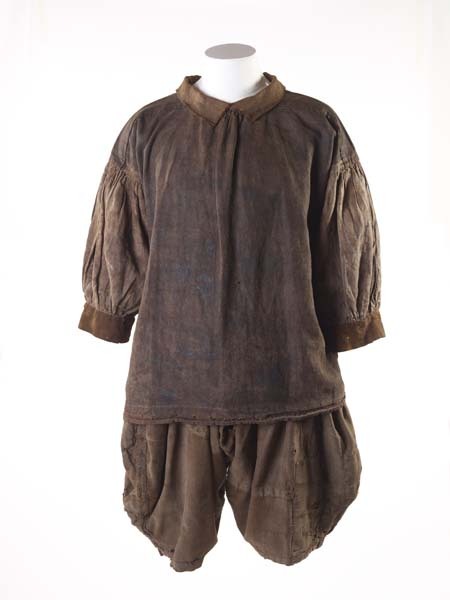

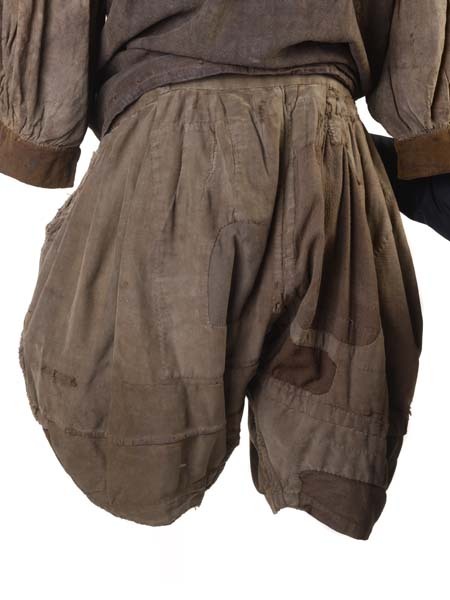

Sailor's Slops
1600s-1700s
Extremely rare survival of a shirt and breeches, called slops, as worn by sailors from the late 16th through to the 18th centuries. This unique set of loose, practical sailor’s clothing reveals life aboard ship. They are made of very strong linen to endure the hard, rough work. There is tar across the front from hauling ropes. The breeches are heavily mended and patched, which the sailor would have done himself.
The Museum of London (ID: 53.101/1b)
#shirt#breeches#menswear#fashion history#historical fashion#17th century#1600s#1610s#1620s#1630s#1640s#1650s#1660s#1670s#1680s#1690s#1700s#linen#brown#museum of london
3K notes
·
View notes
Text

Georg Flegel (1566-1638)
"Still-Life with Fried Eggs" (c. 1630-1638)
Oil on beech wood
#paintings#art#artwork#still life painting#food#georg flegel#oil on wood#oil on wood panel#fine art#german artist#breakfast#fried eggs#egg#bread#glass#pink flower#1630s#early 1600s#early 17th century#1k
2K notes
·
View notes
Text

1630-1639 Chiara Varotari - Portrait of a lady from Capodilista family
(Musei Civici di Padova)
561 notes
·
View notes
Text

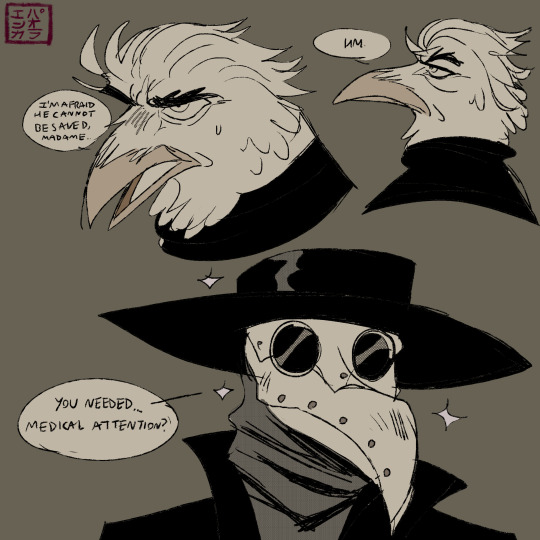
uhhh have a plague doctor albino raven from the 1630s!! this concept had been circulating in my head for a while now.
#my art#ravens#albino raven#birds#bird ocs#character design#oc art#original art#original character#1630s#plague doctor#kabuki 's ocs#kabukiaku alphonse#corvid ocs
715 notes
·
View notes
Photo
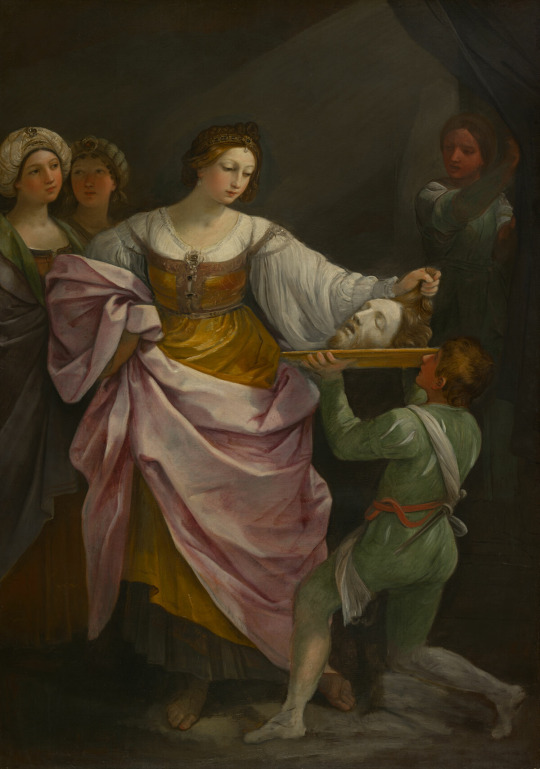
Guido Reni (Italian, 1575-1642)
Salome with the Head of Saint John the Baptist, ca. 1639
815 notes
·
View notes
Text

submitted by @swordsswordsswords 💛💙
#these fellows are eating that shit UP 💅💅#also this is fun bc i get to add tags for a whole new century!! ☺️☺️#historical fashion poll submission#historical fashion polls#fashion poll#historical dress#historical fashion#dress history#fashion history#fashion plate#17th century#17th century fashion#17th century dress#1600s#1630s
99 notes
·
View notes
Text

Attributed to Francisco de Zurbarán
Saint Sebastian, 1634-1636
Museu Nacional de Arte Antiga, Lisboa (Inv. 1553 Pint)
Currently displayed at the MNAA's new exhibition, Identidades Partilhadas: Pintura Espanhola em Portugal
#art#art history#history#baroque#baroque art#saint sebastian#francisco de zurbarán#zurbarán#martyrdom#martyr#17th century art#17th century#1630s#baroque painting
209 notes
·
View notes
Text
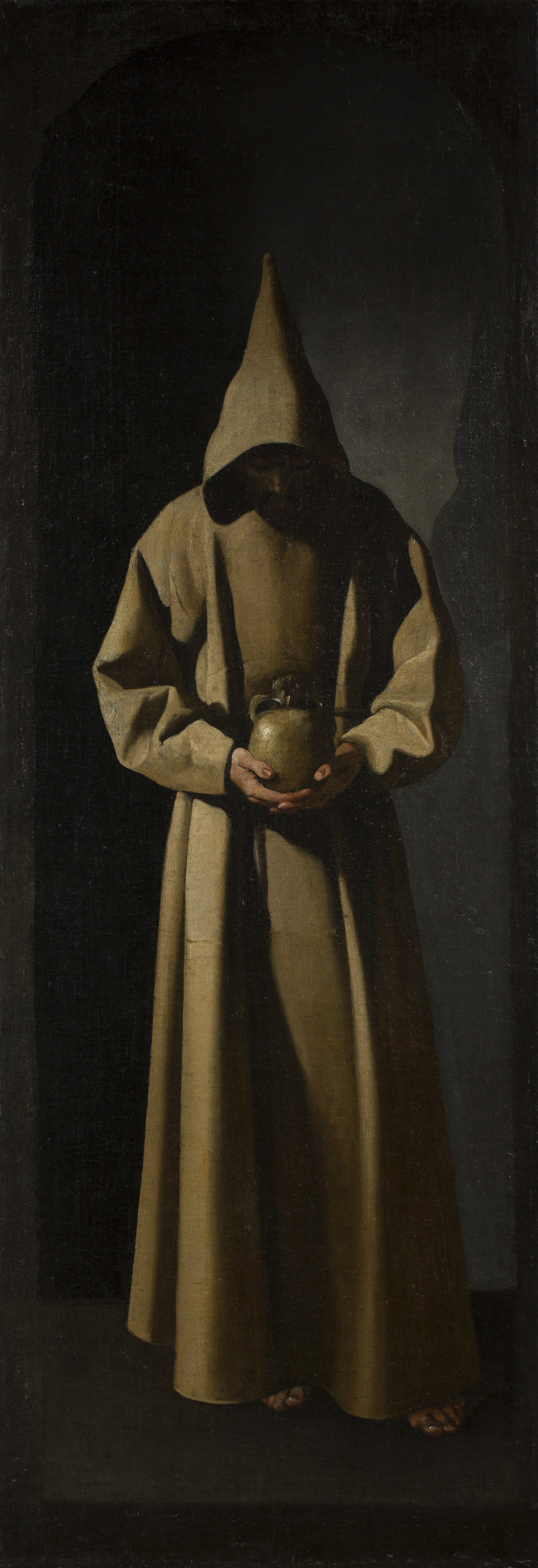
Francisco de Zurbarán / "St. Francis Contemplating a Skull" / ab. 1635 / Saint Louis Art Museum
269 notes
·
View notes
Text

Portrait of a lady by Maddalena Corvina, 1635-45
#Maddalena Corvina#17th century#mdp17th c.#1630s#1640s#mid 17th century#italy#17th c. Italy#Italian style
72 notes
·
View notes
Text

Saint Agatha, Lorenzo Lippi, 1638
#saint agatha#st agatha#Lorenzo lippi#lippi#1638#1630s#1600s#17th century#baroque#painting#art#saint
149 notes
·
View notes
Photo

Holliday Grainger as Maria in Tulip Fever (Film, 2017).
212 notes
·
View notes
Text



Knitted Jacket
c.1630-1670
Italy
This waistcoat is a rare example of early 17th century informal dress, which never appears in visual images and with few references in inventories and accounts. References to these garments in wills and wardrobe accounts show that they were worn by both men and women. They seem to have been produced in workshops, knit in ensembles of shaped pieces for the fronts, backs and sleeves.
One of the latest references to them appears in a London paper of 1712 reporting the theft of 'a green silk knit waistcoat with gold and silver flowers all over it, and about fourteen yards of gold and silver lace thick upon it.' Similar jackets have survived in many parts of Europe and it is assumed that they came from one centre of production - Italy seems most likely as silk yarns were most easily obtainable there. It is possible that the knitted pieces were stitched together by the purchaser.
The waistcoat is hand knit with coral pink silk and yellow silk wrapped with silver-gilt thread. It is constructed of five shaped panels, one for the back, one each for the two fronts and the sleeves. The seams are hand-sewn with silk thread and the whole garment is lined with blue linen. A series of regular holes along the front edges of the lining on each front edge suggest that it originally fastened with silk ribbons and metal points.
It was once thought that these waistcoats were produced on the early versions of the knitting frame. However research has shown that the frame was not developed enough in the early 17th century to produce purl stitches or such a fine gauge.
Each panel of knitting bears a pattern of stylised scrolling floral motifs worked in yellow silk on coral. These may have been inspired by the designs of woven silks. A very similar pattern can be seen on knitted waistcoats in the Royal Ontario Museum, the Cleveland Museum of Art and the Museum der Stadt in Ulm. The design is further delineated by the use of reverse stocking stitch against a ground of stocking stitch. A border of basket stitch (squares of purl and stocking stitch) edges the lower hem and wrists. The knitting is very fine, about 17 stitches per inch.
The Victoria & Albert (Accession number: 807-1904)
#knitwear#fashion history#historical fashion#17th century#1630s#1640s#1650s#1660s#1670s#italy#red#yellow#silk#v and a
317 notes
·
View notes
Text
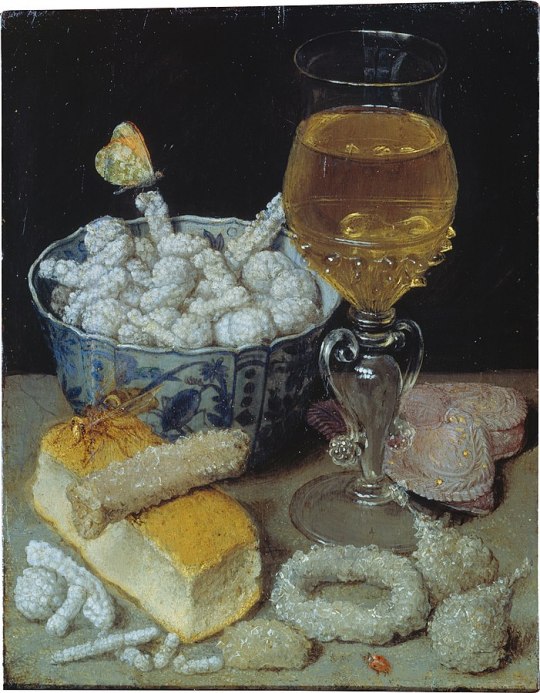
Georg Flegel (1566-1638)
"Still Life with Bread and Confectionery" (c. 1633-1636)
Oil on beech wood
Located in the Städel, Frankfurt, Germany
#paintings#art#artwork#still life painting#food#georg flegel#oil on beech wood#oil on wood panel#fine art#städel#stadel#museum#art gallery#german artist#bread#confectionery#sweetmeat#candy#sweets#bugs#insects#glass#1630s#early 1600s#early 17th century
109 notes
·
View notes
Text

ab. 1630 Unknown artist, Holland - Portrait of a Young Lady in Lilac Dress
(State Hermitage Museum)
600 notes
·
View notes
Text

The Plague Doctor's Visit.
#my art#kabuki's ocs#owl ocs#bird ocs#original art#kabukiaku alphonse#kabukiaku cardinal matteo#1630s#1600s art#digital art#italian baroque art#dutch baroque#renaissance#renaissance art#corvid ocs#anthro#avian#anthro oc#furry art#furry oc#bird furry#oc art
470 notes
·
View notes
Text
1630s fashion save me.
1630s fashion..
Save me 1630s fashion.
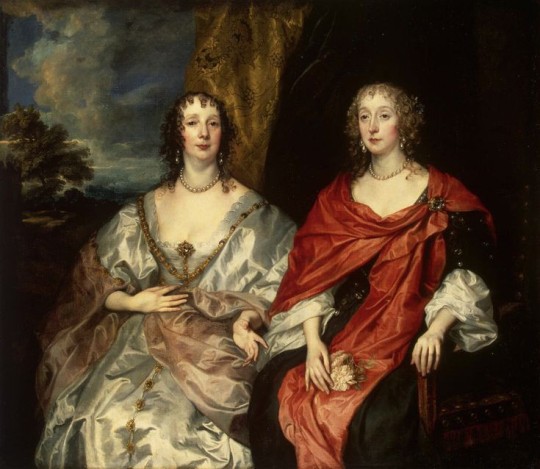
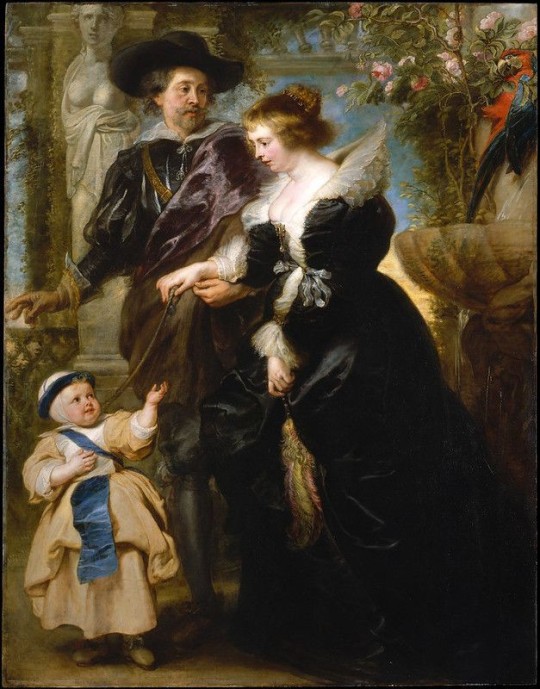
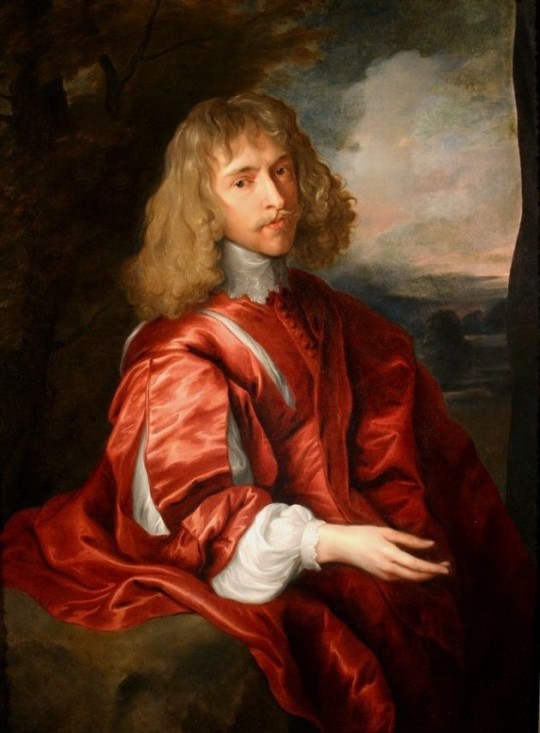




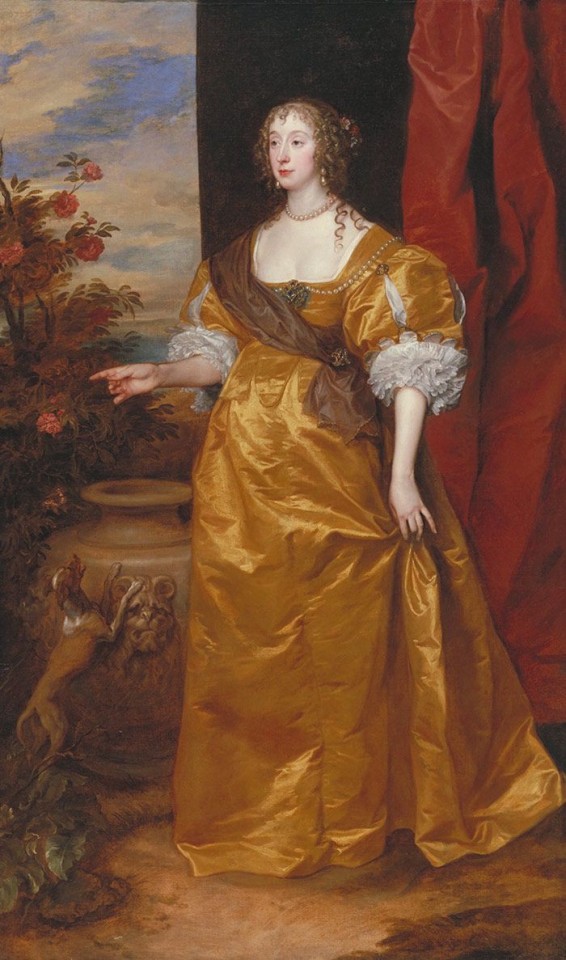


#art history#fashion history#historical fashion#1630s#baroque#baroque fashion#historical art#17th century#history memes#old paintings#historical shitposting
64 notes
·
View notes